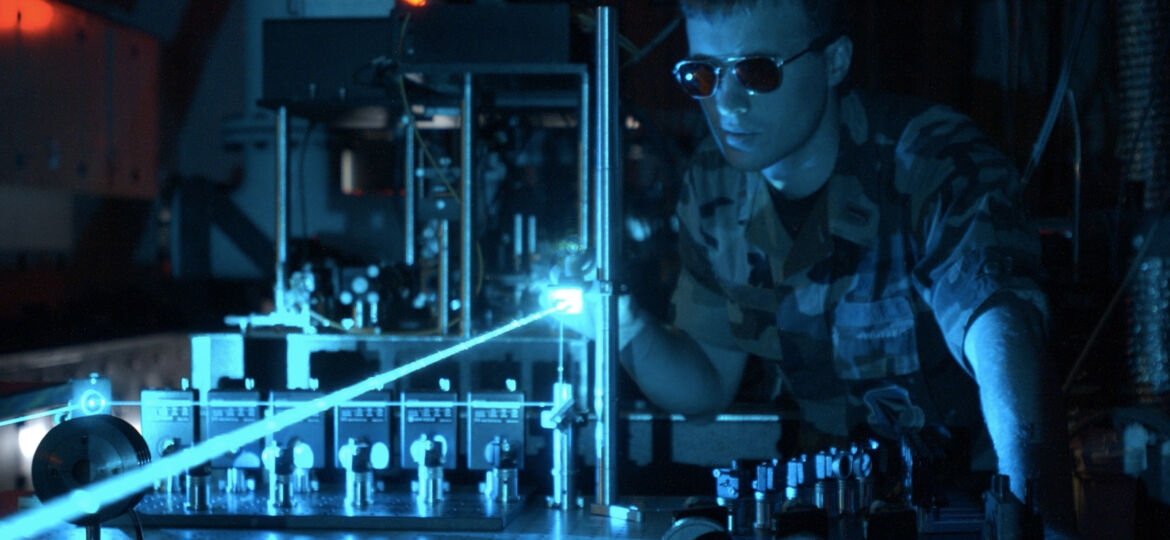
Experts around the world agree that we could be entering an era of Cold War 2.0, and that’s bad news
Foreign states such as China and Russia are developing high-speed, highly manoeuvrable weapons and drones and the Pentagon and US Pacific Command want weapons to counter them said Doug Graham, Vice President of Missile Systems and Advanced Programs for Lockheed Martin and that these systems pose “an accelerating threat, both in numbers and complexity.”
“We’re also seeing advanced threats – hypersonic, manoeuvring threats, that directly challenging the capabilities of the current US ballistic missile defense systems,” said Graham.
Current US missile defenses include ship-based Aegis anti-missile systems, ground-based Terminal High-Altitude Area Defense (THAAD), Patriot PAC-3s, and Ground Based Midcourse Defense interceptors deployed in Alaska and California that can counter any North Korean long-range missile attack.
Growing missile threats though are driving the need for a greater quantity of missile defense arrays, as well as more capable systems equipped with better sensors, increased ability to detect decoy warheads, and ultimately the ability to target missiles shortly after launch when they are more vulnerable to attack–so-called “boost phase” intercept systems.
China and Russia’s new hypersonic programs are both developing maneuverable missiles that travel at speeds up to 7,500 mph at the edge of space – complicating the task of intercepting them and while the Pentagon is also working on hypersonic missiles it’s investing far less than either of its counterparts.
Russia recently conducted a flight test of its experimental Yu-74 hypersonic glider that was launched atop an SS-19 intercontinental ballistic missile (ICBM) and that test was followed three days later by China’s seventh flight test of what is called the DF-ZF hypersonic glider on a missile that flew from central China to the western part of the country. The missiles travel at speeds of between Mach 5 and Mach 10, or between 3,800 miles per hour and 7,672 miles per hour and both systems could hit targets anywhere in the world within hours of launch.
One system being looked at by the Pentagon’s Missile Defense Agency to counter maneuvering high-speed missiles is an enhanced version of Lockheed’s THAAD, called THAAD-ER.
The current THAAD-ER system uses a two-stage interceptor with higher velocity that would be capable of catching up to and destroying hypersonic missiles.
Laser weapons also are being considered for use against hypersonic missiles. Lockheed is working on lasers that can hit hypersonic missiles shortly after launch and before they reach ultra-high speeds, Graham said.
“We’re seeing significant interest in THAAD-ER from users in PACOM and other places,” he said, noting that Congress also is prodding the Pentagon to develop missile defenses against advanced threats.
“THAAD-ER is certainly one candidate and one of the more near-term options that the US Government has in order to begin addressing some of the advanced threats that are emerging,” Graham said.
The current Defense Authorization Bill contains a provision that would require the Missile Defense Agency to set up a specific program for developing weapons to defeat hypersonic missiles.
The increasingly advanced missile threat is also driving demand in the Pentagon for laser weapons and Lockheed is working to develop a high powered laser that can be deployed onto high altitude, long endurance drone aircraft. The laser would target missiles in the boost phase shortly after launch.
“If you can do that, you can kill them long before they can do things during their trajectories to evade defenses,” Graham said, “but using lasers against high speed missiles poses challenging technical problems,” he added.
Most of Lockheed’s current work is focused oaround fiber lasers–lasers that fire beams of light using an optical fiber treated with rare-earth elements and so far, between Lockheed and General Atomics we are now starting to see the emergence of 300 KW directed energy laser systems.
Graham said the advanced missile threats pose “very complex and challenging” problems for missile defenses, and the Pentagon is pursuing a variety of ways to counter them but a Missile Defense Agency spokesman had no immediate comment on efforts to counter hypersonic missiles and a laser that can accurately identify and target hypersonic weapons in their boost phase could take five to ten years before its ready
“High energy lasers are the fastest, most agile intercept capability that we have,” he said.
In February, Vice Adm. James Syring, the Missile Defense Agency director, said THAAD-ER development was not being sped up, but is being continued, adding that the agency is looking into how to counter hypersonic threats.
“I throw THAAD-ER into that mix, or any other capability that we’re looking out against the hypersonic glide vehicle threat that we see materializing in the future, and I’m comfortable that we’ve got the key decision points laid out over the next several years on laser capability, and I’ll just leave it at that, interceptor upgrade capability, and more sensor capability as well,” the three-star admiral said.
















